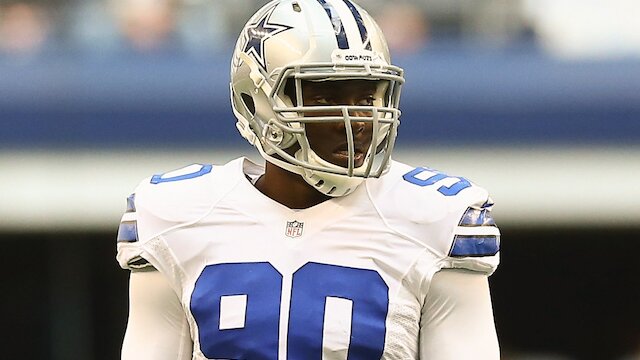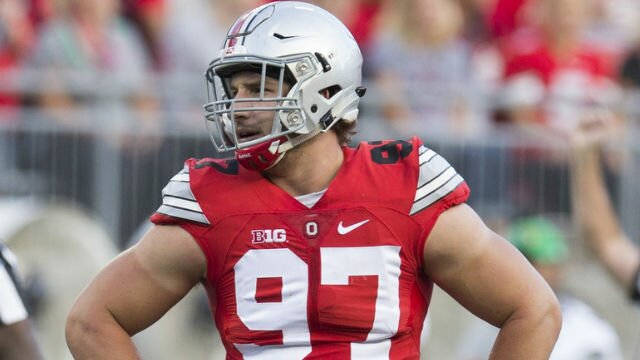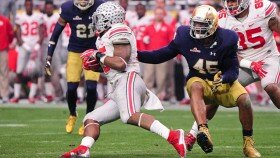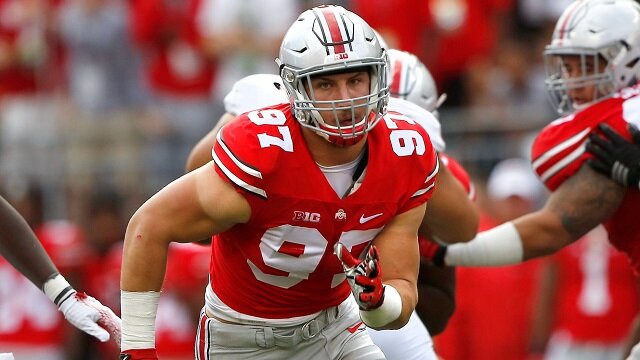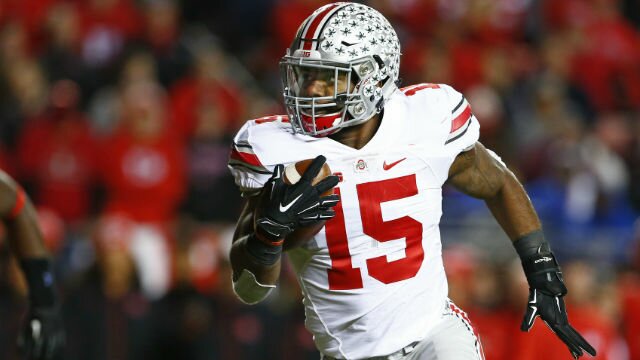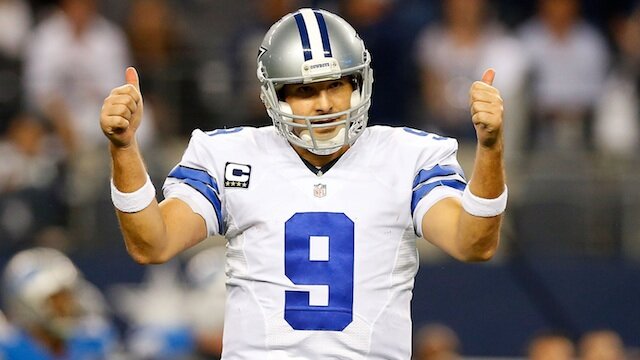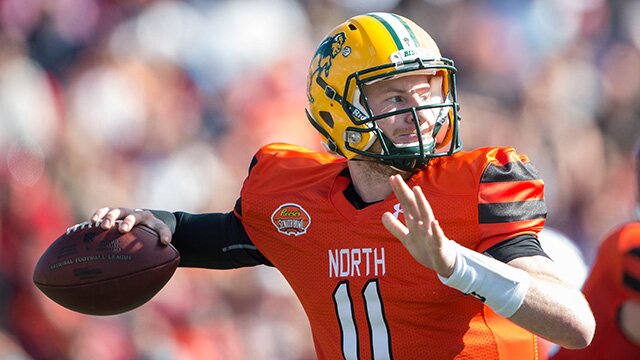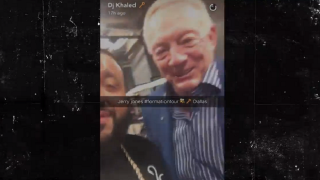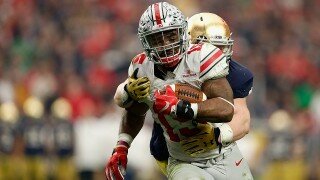Following a pleasantly surprising 12-4 season, expectations for the Dallas Cowboys are sky-high in 2015, but there are several improvements the team must make on the field after doing so off it to contend for a Super Bowl.
Match Running Game Efficiency
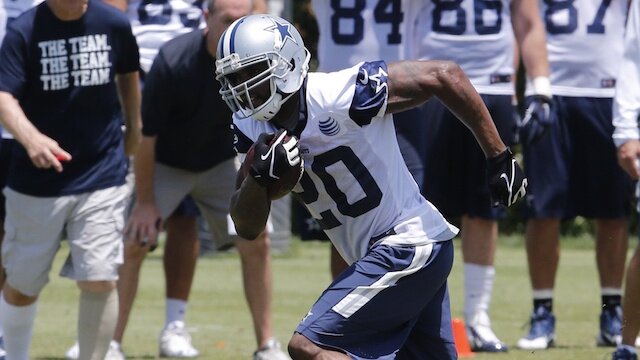 Matthew Emmons-USA TODAY Sports
Matthew Emmons-USA TODAY SportsThe Cowboys were second in the NFL in rushing yards and attempts last year, and third in yards per carry – all big factors in their trip to the Divisional Round of the playoffs. The man responsible for 1,845 of their 2,354 rushing yards is gone, so Darren McFadden, Joseph Randle and Lance Dunbar will have to collectively try to match that production. They don’t necessarily have to sniff 2,400 yards as again, but hitting or eclipsing last year’s 4.6 yards-per-carry average would likely be enough to keep the Cowboys one of the league’s top rushing teams.
Stop Bending on Defense
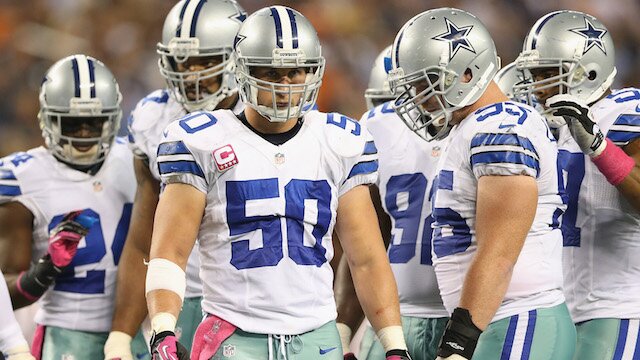 Getty Images
Getty ImagesThe Cowboys’ defense was historically bad in 2013, but improved from 415.3 to 355.1 yards per game allowed in 2014. The problem was they were too much of a bend-but-don’t-break unit. In games like Seattle, that worked. In games like the home matchup against Philadelphia, not so much. For a team that went 12-4, that’s not a huge complaint, but we’re talking Super Bowl here. Getting through Green Bay and Seattle in the playoffs still won’t be possible this year without a more reliable defense. The additions of Greg Hardy and Randy Gregory combined with the return of Sean Lee should certainly help.
Meet Expectations for an Improved Pass Rush
 Getty Images
Getty ImagesWe mentioned the additions of Greg Hardy and Randy Gregory, which were critical to improving Dallas’ 28 total team sacks in 2014. Believe it or not, that’s actually six sacks less than the 34 the Cowboys recorded in their awful 2013 campaign. The subpar pass rushing has had a domino effect on Dallas’ secondary for several years, as evidenced again by their 26th-ranked pass defense last year. However, that could be a different story in 2015 if Hardy, Gregory and Demarcus Lawrence all perform as expected.
Build on Additions and Improvements in Pass Defense
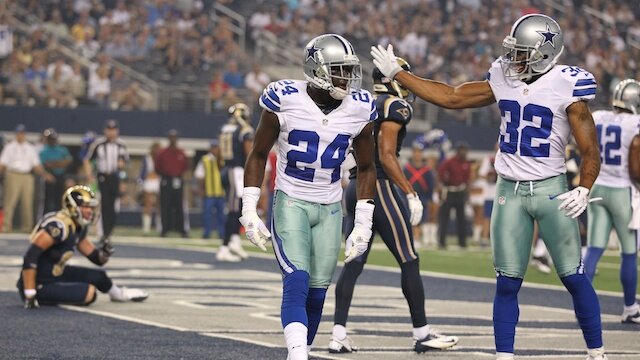 Matthew Emmons- USA TODAY Sports
Matthew Emmons- USA TODAY SportsAs mentioned, the Cowboys’ pass defense improved from 286.8 yards per game allowed in 2013 to 251.9 in 2014. Of course, there were less passes attempted against them last year compared to the previous season thanks to their clock-eating running game, but big games given up to Austin Davis, Drew Brees, Carson Palmer, Eli Manning, Jay Cutler and Aaron Rodgers proved the bend-but-don’t-break approach doesn’t always work.
The addition of Byron Jones should make everyone better as he’ll challenge for playing time everywhere. The same applies for Morris Claiborne, who will be looking to show he’s not completely worthless in a contract year. The unit will have to be more efficient while likely defending more passes than it did in 2014.
As mentioned, the Cowboys’ pass defense improved from 286.8 yards per game allowed in 2013 to 251.9 in 2014. Of course, there were less passes attempted against them last year compared to the previous season thanks to their clock-eating running game, but big games given up to Austin Davis, Drew Brees, Carson Palmer, Eli Manning, Jay Cutler and Aaron Rodgers proved the bend-but-don’t-break approach doesn’t always work.
The addition of Byron Jones should make everyone better as he’ll challenge for playing time everywhere. The same applies for Morris Claiborne, who will be looking to show he’s not completely worthless in a contract year. The unit will have to be more efficient while likely defending more passes than it did in 2014.
Find Consistency in Rush Defense
 Getty Images
Getty ImagesThe Cowboys gave up fewer total rushing yards in 2014 than in 2013, but more rushing touchdowns and carries of 20 yards or more. This is further evidence that the bend-but-don’t-break approach can get a team into the postseason, but not all the way through it. Dallas gave up over 100 rushing yards and at least one rushing touchdown in each of its four losses – a total of 608 yards and six scores. Of course, there were games in which the Cowboys stifled their opponents’ ground games, but consistency is something they’ll have to find in 2015 for any hopes of a Super Bowl appearance.
Keep Improving the Turnover Differential
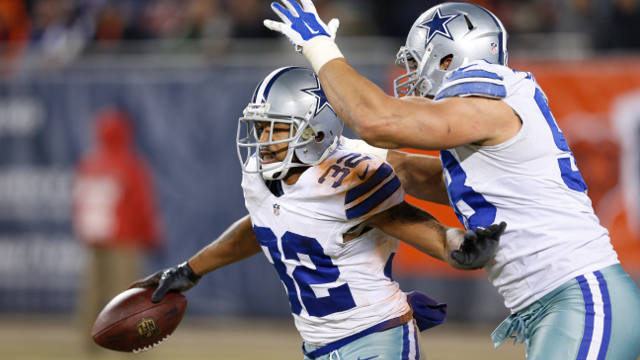 Getty Images
Getty ImagesThe Cowboys weren’t bad in the turnover department in 2014. They increased their interceptions (18) and forced fumbles (15) from the previous year while matching their number of fumble recoveries (13). In addition, they were second in the NFL in takeaways with 31 and ended the regular season with a +6 turnover differential. That means they also gave it up 25 times, 12th-worst in the league.
Tony Romo tied his career low in seasons he played at least 13 games with nine interceptions while DeMarco Murray had a career-high three fumbles and lost all of them and Joseph Randle matched the same “feat” with two and two. Darren McFadden hasn’t fumbled more than once in a season since 2010, so if the running back committee can protect the ball, Romo’s opportunities for picks should stay low and the turnover differential should increase.
The Cowboys weren’t bad in the turnover department in 2014. They increased their interceptions (18) and forced fumbles (15) from the previous year while matching their number of fumble recoveries (13). In addition, they were second in the NFL in takeaways with 31 and ended the regular season with a +6 turnover differential. That means they also gave it up 25 times, 12th-worst in the league.
Tony Romo tied his career low in seasons he played at least 13 games with nine interceptions while DeMarco Murray had a career-high three fumbles and lost all of them and Joseph Randle matched the same “feat” with two and two. Darren McFadden hasn’t fumbled more than once in a season since 2010, so if the running back committee can protect the ball, Romo’s opportunities for picks should stay low and the turnover differential should increase.
Stay Healthy
 Getty Images
Getty ImagesTony Romo wasn’t 100 percent healthy in 2014, but he still had statistically his best pro season because the Cowboys’ dominant running game kept the pressure off him literally and figuratively. Without DeMarco Murray and his punishing running style, it will be critical for Dallas to match the effectiveness and efficiency of his production to keep Romo upright and out of trouble throughout the season.
In addition, not losing anyone for any extended period of time and not having anyone underachieve because of nagging injuries will be vital to ensuring the Cowboys reach the Divisional Round of the playoffs again.
Tony Romo wasn’t 100 percent healthy in 2014, but he still had statistically his best pro season because the Cowboys’ dominant running game kept the pressure off him literally and figuratively. Without DeMarco Murray and his punishing running style, it will be critical for Dallas to match the effectiveness and efficiency of his production to keep Romo upright and out of trouble throughout the season.
In addition, not losing anyone for any extended period of time and not having anyone underachieve because of nagging injuries will be vital to ensuring the Cowboys reach the Divisional Round of the playoffs again.
 Share
Share 

